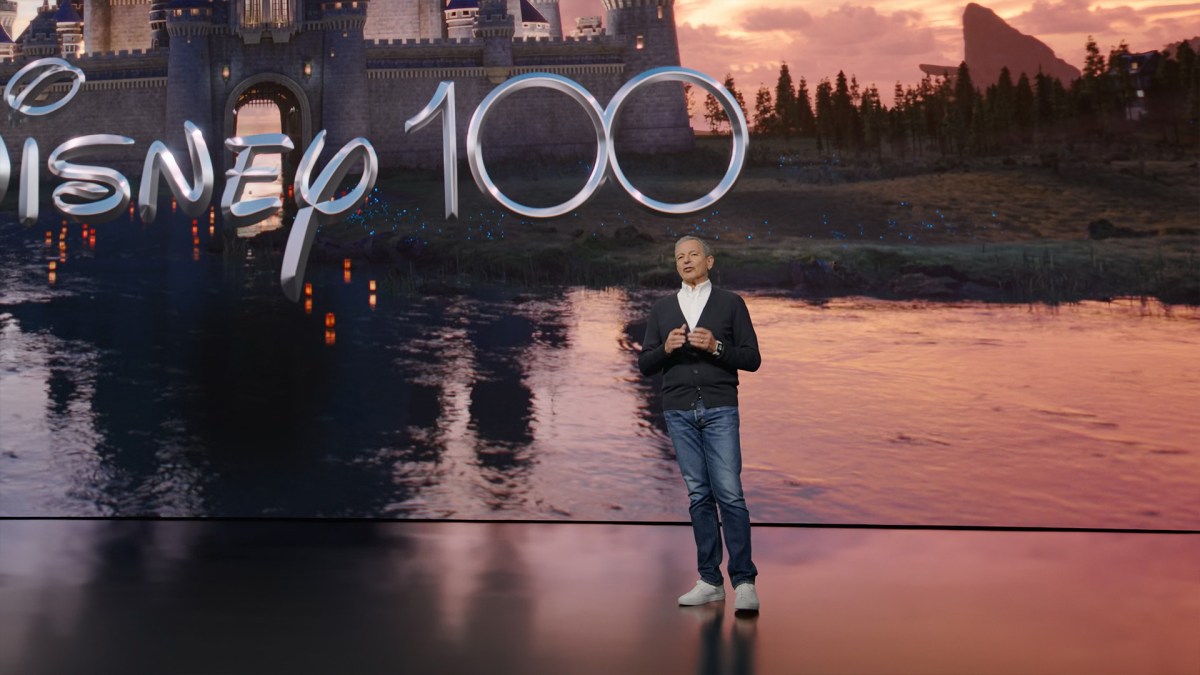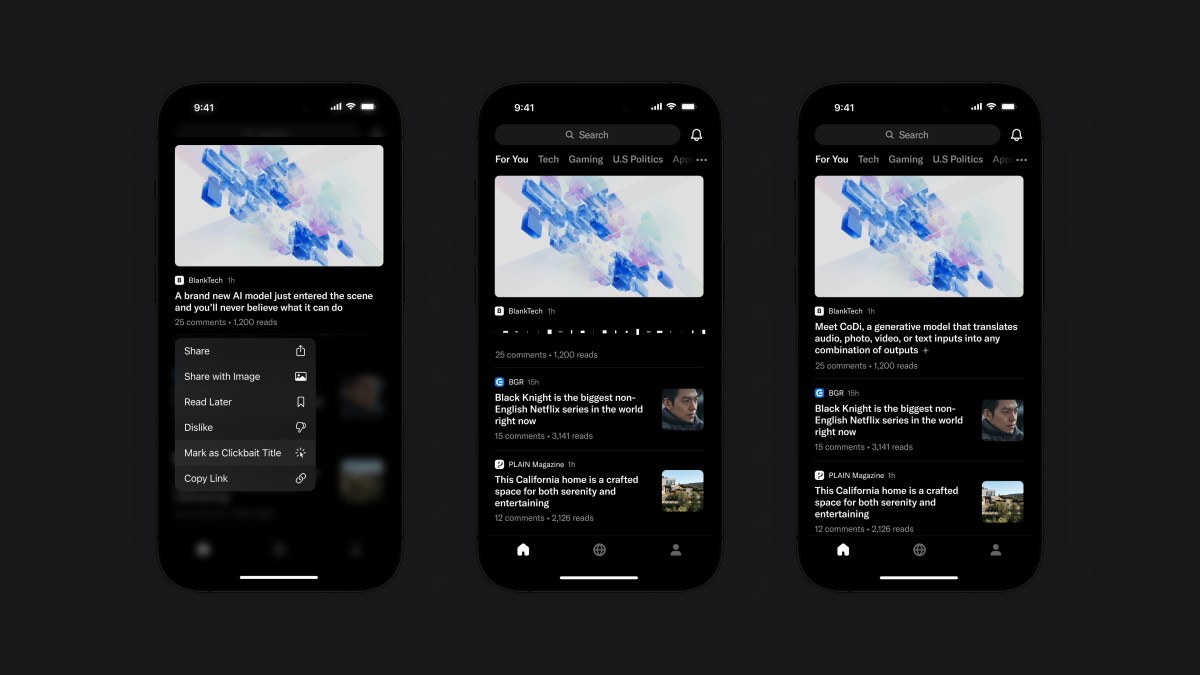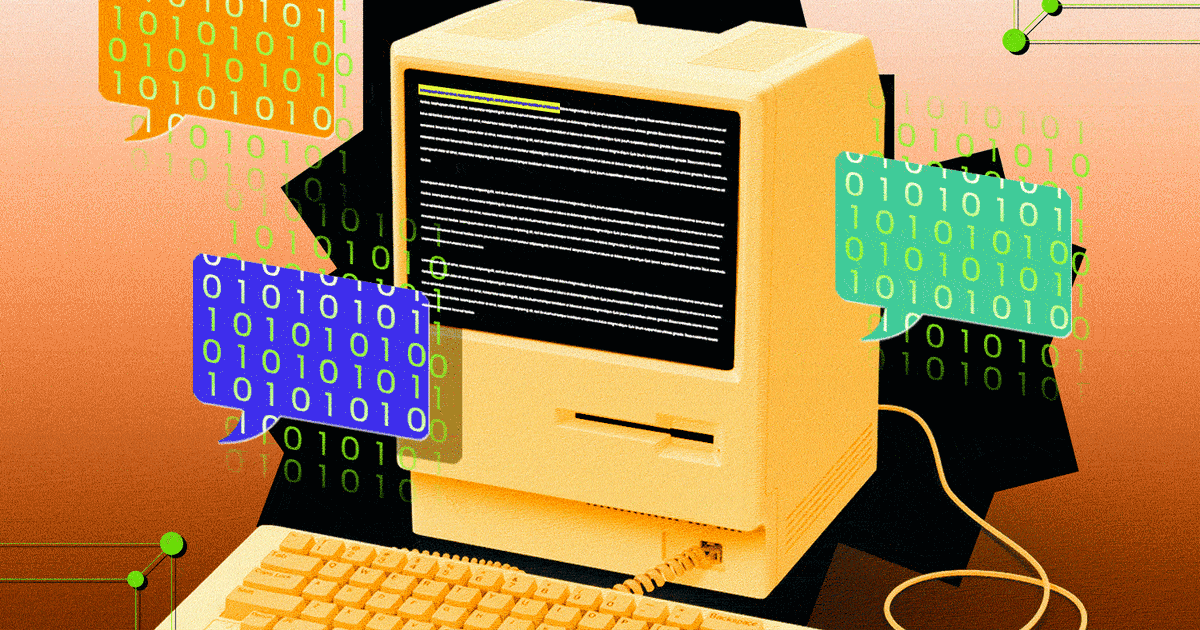- Digital Media Products, Strategy and Innovation by Kevin Anderson
- Posts
- Time and Quartz roll back their paywalls. What it means (and what it doesn't mean).
Time and Quartz roll back their paywalls. What it means (and what it doesn't mean).
Apple and Disney's AR vision and apologies for the truncated newsletter yesterday
First off, I want to apologise for the mangled newsletter yesterday. When I hit publish, I had a newsletter of content, but after I hit send, I noticed that Beehiiv had not saved more than two hours’ worth of edit. I have to say that the new Beehiiv editor has been less than reliable, and I’m quite cross that they foisted the editor on us before it was ready. And I often use my iPad to edit the newsletter, and while the previous editor was usable on my iPad, the new editor isn’t. Right, so the mea culpa is done.
As non-profit and grant-funded news start-ups have proliferated around the world, many have embraced a membership model. In speaking with media leaders engaged in this work or observing it, I have fielded a lot of questions about the difference between membership and subscription as revenue models. The best resource to answer these questions is the Membership Puzzle Project. I would echo their view that subscriptions are a transaction while membership is a relationship.
If you want to see this in action, here is a great case study of the Daily Maverick in South Africa. Membership is now 30% of their revenue and gas allowed them to increase their overall staffing by 300%.
The difference between subscriptions and membership can be quite subtle, but I would say that reading this membership is a values proposition as much as a value proposition. Members want to feel that their support is delivering something important societally as much as they get a member tote bag - something so common in US public media that it has become a bit of a punchline. The other thing to highlight is how they have a member of staff dedicated to member relations.
Time and Quartz are shutting off their paywalls, and in an industry that is always looking for trends even amongst their own ranks, the Press Gazette is asking whether this is a sign that we have reached ‘peak subscription’. Both outlets attributed their move to wanting to make their journalism available to all, but it is worth noting that both were also seeing declines in readership and for Time a decline in subscriptions as well. This might have to do as much with their audience development and content strategies as their business models.
Media revenue is about balancing and calibrating the returns from multiple revenue streams, said Michael Brunt, a former general manager of The Times and publisher of The Economist. He says that he would only recommend rolling back a paywall if a site had "a major challenge with repeat visits". This is consistent with findings from the Northwestern University IMC Spiegel Research Center that regularity more than pageviews or dwell time was the determinant of subscription engagement. As Brunt says, subscription acquisition is only the start of the journey.
Apple and Disney’s Vision for an AR future
Hearkening back to my days as a tech reporter, or at least a reporter who reported on tech amongst a number of things, it was interesting to watch Apple’s announcement this week. This is Apple putting a marker down, and what a marker it is. I think that this is the biggest bet that Apple has made since it introduced the original Mac. While the technology looks pretty incredible, it also has some limitations, namely the two hour battery life.
I have to say what really wowwed me was the demo that Disney’s Bob Iger put on. How they see Disney+ integrating into it and the sports and entertainment experiences were compelling. However, how much of this is real and how much of it conceptual? That is the question that I kept asking during the rollout. Some of this might be how badly Meta has delivered on its metaverse vision that it has made me sceptical of the gap between vision and execution of AR and VR.
The other issue, of course, is the price. $3499 is just such a high price especially compared with other kit in this space. It sets a really high bar. But as my fried Adam Tinworth said on Twitter:
@kevglobal This does feel like a big gamble for Apple. If they don’t have a roadmap that get this thing way down, they’ll struggle. But the use of “Pro” does imply a cheaper non-Pro somewhere down the line. Vision? Vision Air?
— Adam Tinworth (@adders)
7:33 PM • Jun 5, 2023
I think that this is a big investment but a slow burn. Apple has approached AR with the same level of intentionality that it has when it has entered other markets. But will this be the Apple Lisa or the Mac? Will it be too high-priced and sit uncomfortably between the professional and consumer markets?
And a great review from Zoe Kleinman, the tech editor at the BBC:
Yesterday I tried the Apple Vision Pro. I wasn't allowed to film or photograph it. It was in a private room at Apple Park. I have yet to see *anyone* outside of the promo ad actually wearing one. I have tried a lot of headsets! here's what I thought of this one....
— Zoe Kleinman (@zsk)
3:43 PM • Jun 6, 2023
Spotify’s podcast cuts, AI in regional news and Twitter’s ad decline
Spotify is combining its podcast studios and trimming its podcast ranks. Again, not to read too much into this, but this is another signal that the podcast business is cooling.
Here is a use of AI that I can fully get behind. I have been using Artifact for a while now. It has tried to gamify engagement with content and create trends in consumption. I am not convinced of its model yet, and I am finding that its recommendation algorithms are pretty basic. I do like how they are iterating their product, and this use of AI to rewrite clickbait headlines (I’m looking at you Newsweek) is a very interesting feature.
Not only do I agree that AI could prove invaluable to regional and local newsrooms, I remember thinking of how it could be applied to local journalism when I was a regional editor for Gannett. My only concern is that with the pressures on the business that this will be used solely for efficiency and not to add value to products.
Companies using publishers’ content to train LLMs will be is the next front in the publishers vs platforms battle.
In unsurpising news of the day, Twitter’s ad revenue continues to tank. The new CEO has her work cut out for her, and whether she has the owner’s support in what would need to be done after the damage that has been done to the platform and brand have yet to be seen.


/cdn.vox-cdn.com/uploads/chorus_asset/file/24704143/wwdc_2023_545.jpg)







